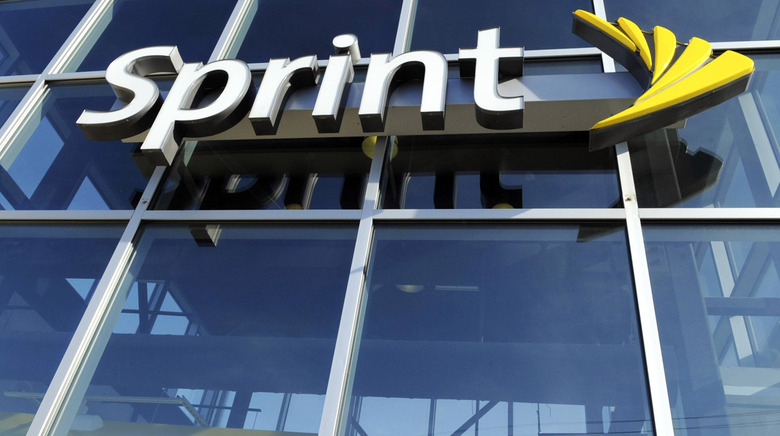Some Sprint Customers Pay More Than Their Phone's Full Price, And Sprint Is Very OK With It
Yesterday, the Kansas City Star ran an article noting how some Sprint customers could accidentally end up paying more than a phone's full market value at the end of a lease. In an interview with BGR today, Sprint SVP of Corporate Communications David Tovar defended Sprint's lease program structure, saying that "we are a publicly traded company" where only a "small percentage" of customers end up paying more than a phone's full price.
The Star article highlighted a loophole in Sprint's popular Sprint Flex lease program. The Flex lease program is fundamentally an 18-month lease — not installment purchase plan — on a smartphone. Customers have the option to upgrade to a new phone after 12 months, hand the device back after 18 months, or make six more months of payments and own the device outright.
But if a customer fails to opt for any of those options, the lease payments can continue for years, and don't count towards a payment to own the phone outright (unlike customers who opt to make six more months of payments at the end of the 18-month lease). Instead, customers can keep paying the same monthly payment indefinitely (or at least until the phone becomes worthless), and if they want to own the device (rather than handing it back to Sprint), they'll have to pay the full Fair Market Value of the phone, as determined by Sprint.
The Star had the example of one customer, who paid $140 more in lease payments for his Galaxy S6 after the lease term ended, none of which counted towards the $77 Sprint wanted as a payment to buy the phone outright. Tovar said that he was "disappointed at the article, because they focused on a narrow segment of customers."
At an investor's conference in early November, Sprint CEO Marcelo Claure described "out-of-service revenue" — money that customers pay to rent a phone at the end of a lease period — as "all profit." Tovar told BGR that the option to keep renting a device at the end of a lease was part of Sprint's commitment to give customers "clear choices," but couldn't give any examples of a situation where a customer would be better off with month-to-month payments at the end of a lease, rather than Sprint's normal option of six more lease payments going towards owning a device outright.
None of this is meant to suggest that Sprint's Flex lease is unfair for the majority of Sprint's customers. As Tovar pointed out, the majority of customers choose to upgrade their device after 12 months, meaning that they've only paid 50% of a device's RRP before upgrading. Tovar said that Sprint's internal metrics say that the "overwhelming majority" of customers like the Sprint Flex program, and it's undeniably popular, compared to the industry-standard 24-month device installment plans.
The real question is why Sprint even keeps the month-to-month lease option around, if it's bad for customers — and why it's the default option for anyone who ignores Sprint's communications towards the end of a lease, which include texts and emails.
Claure and Tovar both gave hints about why the month-to-month rental still exists. The way the lease program works is the way we have it set up today," Tovar told BGR. "We're a publicly traded company, and ultimately, the vast majority of our customers end up paying less than the standard retail price for their device." Claure was even more explicit about the benefits to Sprint at the investor conference. "There comes a point in time in which customers start paying — they have already paid for their handset — but they decide to continue to lease your handset and use it," Claure said. "That is basically, that's as good or better than service revenue because that is all profit."
It's easy to explain away Sprint's strategy here. In order to pay more than full market price for their phone, Sprint customers have to ignore repeated communications about what they have to do at the end of the lease, and Sprint stresses that only a small number of customers ever end up paying more than RRP for a device. But it's often the most vulnerable customers, who don't have the time or ability to sort out phone options, who end up on the wrong end of a policy like this.
